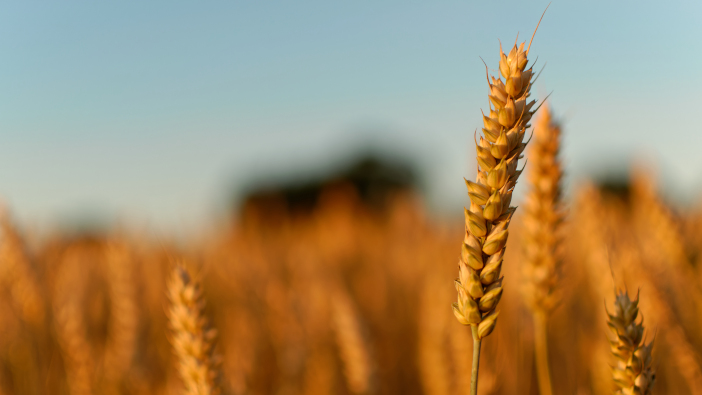Hutchinsons’ Omnia digital farming manager Aidan Monaghan has highlighted how variable rate nitrogen could help growers manage crops this spring.
While some crops established before the torrential wet weather have established well, others have struggled following severe waterlogging and flooding.
“There’s huge variation out there and some pretty sensitive crops that need managing carefully. Using variable nitrogen applications to even growth up and optimise yield potential has a much stronger role in a year like this,” he said.
“All winter crops can show a response from variably applying nitrogen, but the biggest benefits are when there is more variation. This year is almost the perfect opportunity for variable nitrogen, even if you’re already using variable rates elsewhere, such as for seed.”
He recommended establishing a baseline for each field and crop during the planning stages of any nutrition strategy. The Omnia system can be used for this, accessing NDVI satellite imagery.
“Satellites pass over frequently, providing a regular supply of new images throughout the year, provided the skies are clear enough. Even images taken when crops are relatively small coming out of winter can provide a useful starting point to show in-field variation before anything starts growing.”
Early mapping can also highlight any areas where the crop may be unviable and should be resown – or perhaps taken out of production for this year – rather than receiving additional inputs.
Depending on the crop requirements, there are different approaches to variable rate nutrition. In winter wheat, many will variably apply the first couple of doses, upping the rate on thinner areas to build biomass and holding back on the thicker parts to promote the canopy.
However this year, Aidan suggests that nitrogen levels will likely be lower after increased leaching, so most fields will benefit from a good, early dose.
“The best approach might therefore be to apply a flat rate first, then vary the second application to even crops up, before tailoring the final nitrogen applications to the yield potential of specific areas of crop.”
Rob Jewers, fertiliser and crop nutritionist specialist, agrees. He added that trials over multiple years have shown a benefit of front loading to build biomass and support tiller retention. Subsequent doses can then be varied according to yield potential.
“It’s not just soil nitrogen that could be much lower this spring,” he said. “Other nutrients are likely to be in shorter supply given how wet it has been, so there could be a strong case for using a nitrogen, phosphorus, potassium and sulphur compound fertiliser to give crops a bit of an all-round nutritional boost.”
As well as NDVI imagery, field walking will help growers to see if any viable crop remains in the most damaged part of the field. This means that fertiliser plans can be adjusted.
However, growers should not use variable rate to save fertiliser. “It’s about using the technology to even up crop growth through the season, tailoring inputs precisely to crop requirements to optimise yield potential.”
Other benefits include reduced lodging and even harvesting, as well as helping to improve nitrogen use efficiency (NUE).
“Typically, NUE is around 55-60%, but a good target is 75-80%; any more than that and there is a risk that you’re starting to ‘mine’ the soil’s reserves. Omnia is a really good tool for helping you calculate the NUE for individual fields.”
The approach might differ in oilseed rape, as crops typically receive just two applications, Aidan added. “Providing there’s good establishment, I’d look to even crops up by variably applying the first dose, then adjust the second dose according to expected yield.
“The key is to establish that early baseline, then keep reviewing crops and their yield potential as the season progresses, using the NDVI imagery in Omnia, and any other information, to plan the most appropriate strategy.”
For more information go to www.hlhltd.co.uk


